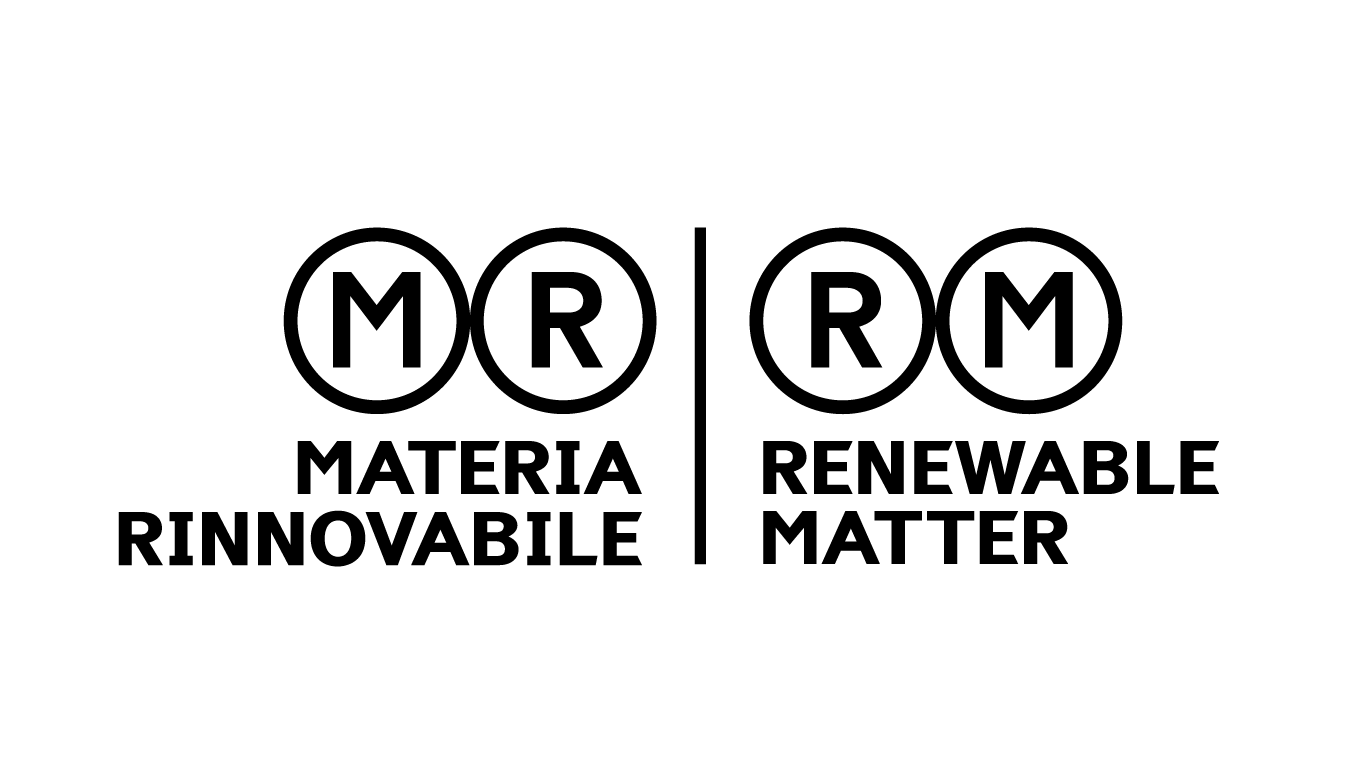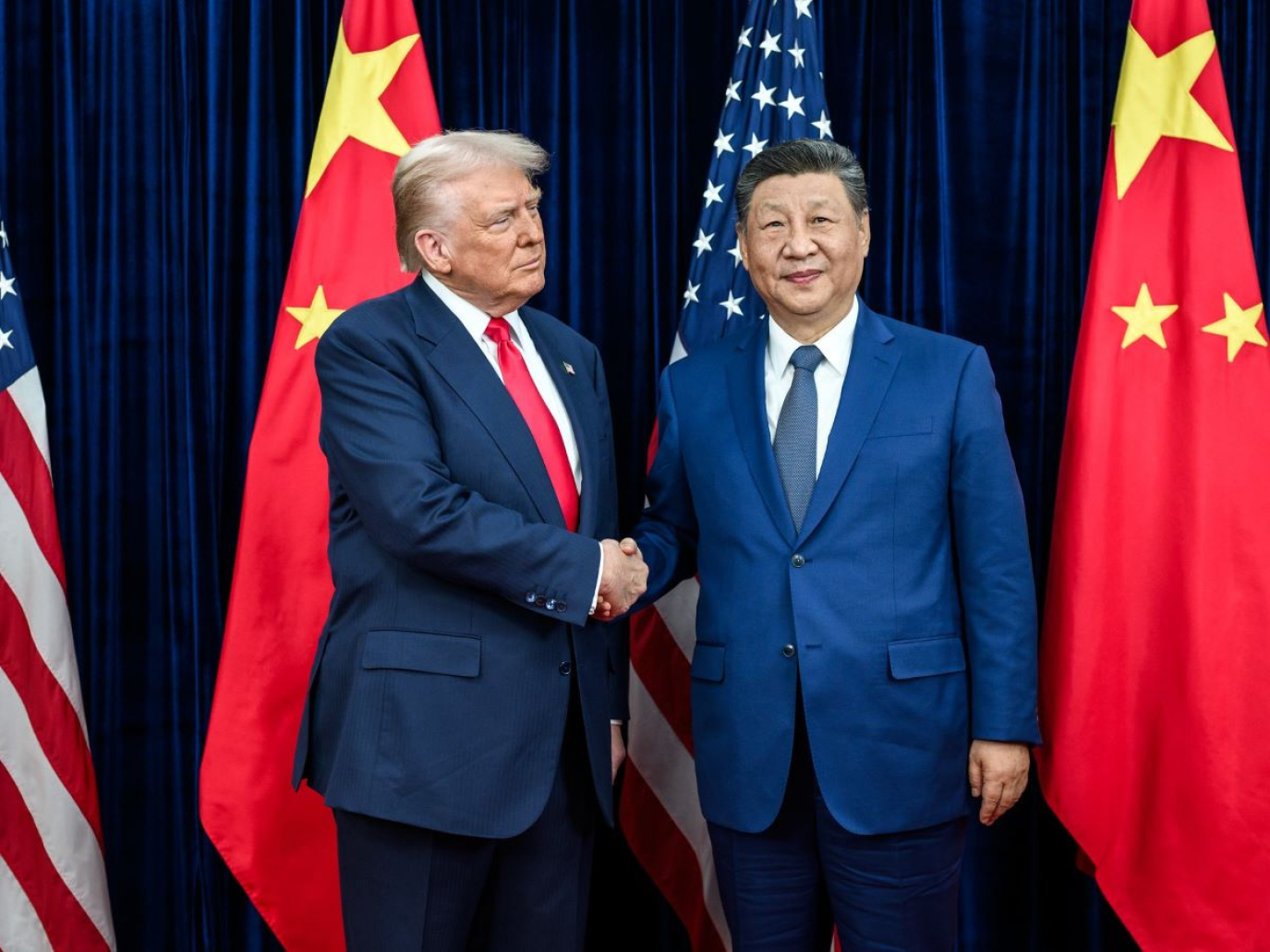
“Amazing.” That's how Donald Trump, aboard Air Force One on his way back home from his Asian tour, defined the highly anticipated meeting with Chinese President Xi Jinping, which took place in Busan, South Korea, on the morning of Thursday, 30 October. The two leaders had not met in person since 2019, during Trump's first term. And they had a lot to cover.
The conversation lasted exactly one hundred minutes, preceded by the customary handshake for the cameras, with Trump's joke (“He's a very tough negotiator, and that's not good!”), a pat on the back and an indecipherable smile from imperturbable Chinese president Xi.
Beside tariffs, there were several other pressing issues on the agenda: the blockade of US soybean purchases by China; new restrictions on rare earth exports imposed by Beijing; the fentanyl problem; the TikTok dispute; the supply of high-performance American chips to Chinese industry; and, last but not least, geopolitical issues such as Taiwan and the war in Ukraine.
On some issues (soybeans, rare earths), it appears that satisfactory agreements have been reached, while on others there is a commitment to “work together” (fentanyl, TikTok, Ukraine). The thorniest issues (Taiwan, Nvidia chips) were tactically sidestepped, with questions from the press also ignored.
In a nutshell, the two leaders have agreed on a new “truce” on tariffs that will last for a year, thereby materialising the de-escalation skilfully orchestrated in recent days in Kuala Lumpur by negotiators from both countries. For the time being, the harsh tones of recent weeks seem to have softened into general optimism: we will see if this proves to be only superficial.
Truce on tariffs and cooperation on fentanyl
While the details of the agreement have yet to be formalised, both sides have already provided some previews of the key points. In its usual neutral and reserved tone, the Chinese Ministry of Commerce announced in an official statement in the Global Times that the United States will lower the sanction tariff on fentanyl to 10% (from 20%) and suspend the 24% reciprocal tariffs on Chinese goods for another year, extending the current truce.
The maths at this point is not straightforward, considering the constant retaliations and de-escalations of recent months, but the tariff burden on Chinese exports to the US should now be 47%: lighter than what Trump had threatened in recent weeks (he had raised the possibility of 100% tariffs), but still higher than in 2024. And China, adds the ministry spokesman, “will make corresponding adjustments to its countermeasures.”
The easing follows a number of commitments by both sides. On fentanyl, for example, the two countries will cooperate on tighter controls on the production and trade of this drug and other derivatives, which have become a real health plague in the United States.
Soybeans and rare earths
And then there's the issue of soybeans, which hasn't been covered much in the international media because it specifically affects the US agricultural sector. China is the largest market for some US agricultural products, such as soybeans, but as a retaliatory measure, Beijing has imposed a blockade on imports of this product from the US in recent months. Needless to say, farmers in the southern United States – the rednecks, who make up a large portion of Trump's electoral base – did not take it well.
It was therefore a priority for the US president to wring a promise from these negotiations that the Chinese would resume purchasing soybeans. And so it appears to be: “Tremendous amounts of soybeans and other farm products will be purchased immediately,” Trump boasted to reporters aboard Air Force One. It should be noted that this concession was also probably made out of convenience, as the prices of Argentine and Brazilian soybeans, which China had turned to as a replacement, are higher than US prices this year.
As for rare earths, where the new restrictions announced by Beijing have shaken not only the United States, the worst seems to have been averted. “It's all settled,” Trump announced, without tempering his enthusiasm. “And that’s for the whole world, since the issue did not only concern the US. There is no roadblock at all on rare earths. That will hopefully disappear from our vocabulary for a little while.”
That the blockade will magically disappear remains to be seen, however. For its part, the Chinese Ministry of Commerce has only stated that “China will suspend the implementation of the relevant export control measures announced on 9 October for one year and will study and refine specific plans.” The suspended measures are, nevertheless, only those that, coming into force on 1 December, would have tightened the existing controls on rare earth exports, which, we recall, are subject to a system of licences granted by the Beijing government. It is reasonable to wonder whether the tightening was not announced solely to have an extra card to play in talks with the US President.
Pending technological matters
Checking off the list of issues that were expected to be on the agenda in Busan, a series of not-so-minor matters were dismissed with a few words, or decidedly sidestepped.
For example, the dispute over TikTok. Although the commercial rights of a social network are not comparable to other geopolitical tensions, the issue has been in the news for months and was the first point of contention with China after Trump's re-election. It was certainly discussed in Busan, but no solution was reached: the official statement from the Ministry of Commerce merely states that “China will resolve the issue appropriately with its US counterpart.”
The tug-of-war over high-performance chips, in particular those produced by Nvidia, currently essential for advanced research into artificial intelligence, is more delicate. During the Biden administration, the United States had already begun to restrict exports of high-performance chips to the Chinese market, fearing dangerous developments for military purposes. With Trump, the situation obviously worsened, partly because cutting-edge research on AI technologies had accelerated dramatically, especially in China.
In the days leading up to the Korean meetings, Nvidia CEO Jensen Huang said he was confident that the issue would be discussed and that the United States would ease restrictions, allowing his company to export the latest generation of products to the Chinese market, in particular the super-advanced Blackwell chip. Instead, it appears that the issue was not even discussed in Busan, and Trump was not as talkative as usual on this point.
Back to being friends?
Finally, geopolitics. If the war in Ukraine, according to Trump's statements, “came up very strongly” and the two leaders “discussed it at length”, agreeing to “work together to get something done”, Taiwan was not mentioned, despite the centrality of the issue on Beijing's agenda. To be fair, the omission is not surprising: neither of the two world powers can back down on their statements about the island's independence or non-independence, so it is better not to risk compromising the entire summit.
A summit that, as was said, took place under the banner of optimism, at least on the surface, with the word “friendship” repeated insistently by Trump but also, albeit more moderately, by Xi Jinping. And while the US, with its usual exaggerated tone, spoke of partnership and joint efforts to “do great things for the world and have many years of success”; the Chinese side – as reported by the Xinhua news agency – repeated its mantra, namely the need to take on the “responsibilities” that fall to the two greatest countries in the world.
However, pointing out that China, as it has done for over seventy years, generation after generation, is working to “manage its affairs in the best possible way and improve itself”, and “has no intention of challenging or supplanting anyone”.
Cover: Donald Trump and Xi Jinping photographed by Daniel Torok, official photo from the White House



